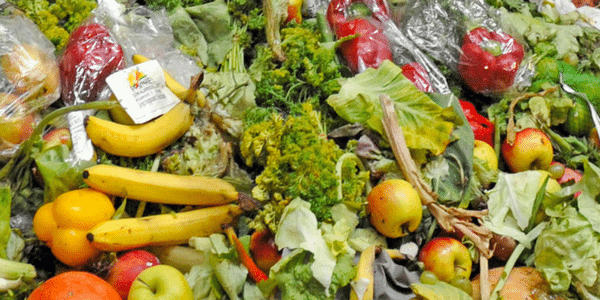Embracing the Circular Economy is Key to Waste Management
At a time when public awareness of waste and recycling is on the rise thanks to initiatives such as the ABC’s War on Waste, the food-processing sector can justifiably claim to have been among the first to get its house in order and embrace the principles of the circular economy and waste management.
Data collected in Europe during the past decade suggests that, while food waste is still a huge problem all over the developed world, the food processing and manufacturing sector only accounts for some 11% of the total.
In Australia, numerous initiatives from state governments, industry bodies and the commonwealth have led to food processing and manufacturing businesses reassessing their production processes, both to minimise waste and to realise the value that often remains in the byproducts from those processes.
This is one of the key tenets of the circular economy – one company’s waste is another company’s raw materials. And full appreciation of this principle brings financial benefits.
Your waste is someone else’s raw materials
One example of the process in action comes from that iconic Australian brand, Arnott’s Biscuits, which was an early adopter of the principles of the circular economy.
At its Marlstone, South Australia, facility the company went from a situation where almost all its solid waste went to landfill to one where 60% of that solid waste is viewed as a resource by other companies, which either pay for it or collect it free of charge. The high-quality food waste is purchased by animal feed companies, and the lower-grade waste is collected and used by composting operations.
Water Waste
Food waste is not the only waste management issue for food processors. Water is a further precious resource that has come under the microscope in recent years, and there have been significant advances in the area of wastewater management.
The days of washdown using copious volumes of water are long gone. High-pressure cleaning using carefully designed valves and nozzles uses a fraction of the water, and the process can be completed using hygienic mops and squeegees.
The wastewater itself – both from cleaning and manufacturing processes – is subject to rigorous neutralisation and solids removal to the extent that in many cases it can even be used for irrigation. And in many cases, the solids removed from the wastewater stream can be sent for composting.
With all of industry on an ambitious quest to minimise (and hopefully eliminate) material sent to landfill, the food processing industry has certainly made great strides towards sustainability in recent years.
Many challenges remain, surrounding such aspects as packaging and logistics, but these are not unique to the food sector.
About the author: Laurence Marchini
Laurence Marchini began his career as a technology journalist with the Institution of Electrical Engineers in 1980. He is now Editor of Industry Update, Australia’s leading manufacturing magazine and website.
-
Stay up to date with the latest news, industry insights and foodpro updates.
- Subscribe

